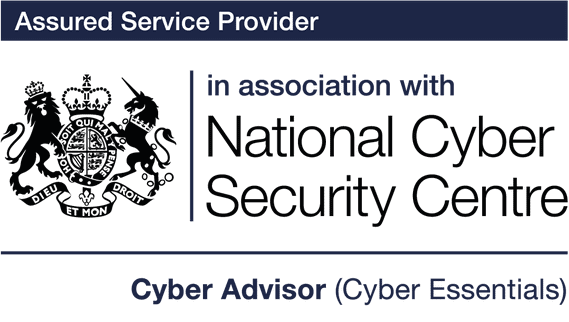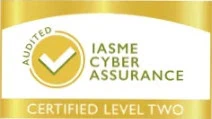1. Quantifying Risk Reduction
What’s one of the most compelling ways to showcase the value of cyber security? It’s by quantifying the risk reduction. Companies design cyber security initiatives to mitigate potential threats. By analysing historical data and threat intelligence, organisations can provide concrete evidence of how these measures have reduced the likelihood and impact of incidents.
2. Measuring Incident Response Time
The ability to respond swiftly to a cyber incident is crucial in minimising damage. Metrics that highlight incident response time can serve as a key indicator by illustrating the effectiveness of cyber security efforts.
It’s also possible to estimate downtime costs and correlate those to a reduction in the time it takes to detect and respond to a security incident, revealing potential savings based on faster response. The average cost of downtime according to Pingdom is as follows:
- Up to £337 per minute (Small Business)
- Up to £12,633 per minute (Large Business)
3. Financial Impact Analysis
Cyber security incidents can have significant financial implications. Businesses can quantify the potential losses averted due to cyber security measures by conducting a thorough financial impact analysis. This can include costs associated with:
- Downtime
- Data breaches
- Legal consequences
- Reputational damage
4. Monitoring Compliance Metrics
Many industries have regulatory requirements for data protection and cyber security. Demonstrating compliance with these regulations avoids legal consequences and showcases a commitment to safeguarding sensitive information. Tracking and reporting on compliance metrics is another tangible way to exhibit the value of cyber security initiatives.
5. Employee Training Effectiveness
Human error remains a significant factor in cyber security incidents. Metrics related to the effectiveness of employee training programs can shed light on how well the company has prepared its workforce to recognise and respond to potential threats. A well-trained workforce contributes directly to the company’s cyber security defences.
6. User Awareness Metrics
Beyond training effectiveness, there are user awareness metrics. These gauge how well employees understand and adhere to cyber security policies. Use metrics such as the number of reported phishing attempts, password changes and adherence to security protocols to provide insights into the human element of cyber security.
7. Technology ROI
Investing in advanced cyber security technologies is a common practice. Showcasing the return on investment (ROI) can be a powerful way to show value. Use metrics that assess the effectiveness of security technologies, specifically, in preventing or mitigating incidents such as the number of blocked threats.
8. Data Protection Metrics
For organisations handling sensitive data, metrics related to data protection are paramount. This includes monitoring the number of data breaches prevented and data loss incidents and the efficacy of encryption measures. Show a strong track record in protecting sensitive information.
9. Vendor Risk Management Metrics
Many organisations rely on third-party vendors for various services. Assessing and managing the cyber security risks associated with these vendors is crucial. Metrics related to vendor risk management showcase a comprehensive approach to cyber security, like the number of security assessments conducted or improvements in vendor security postures.
Demonstrating the tangible value of cyber security starts with an assessment that uncovers the status of your current security measures. Knowledge is power when fostering a culture of security and resilience.
To schedule a free cyber security consultation, get in touch with us.




















